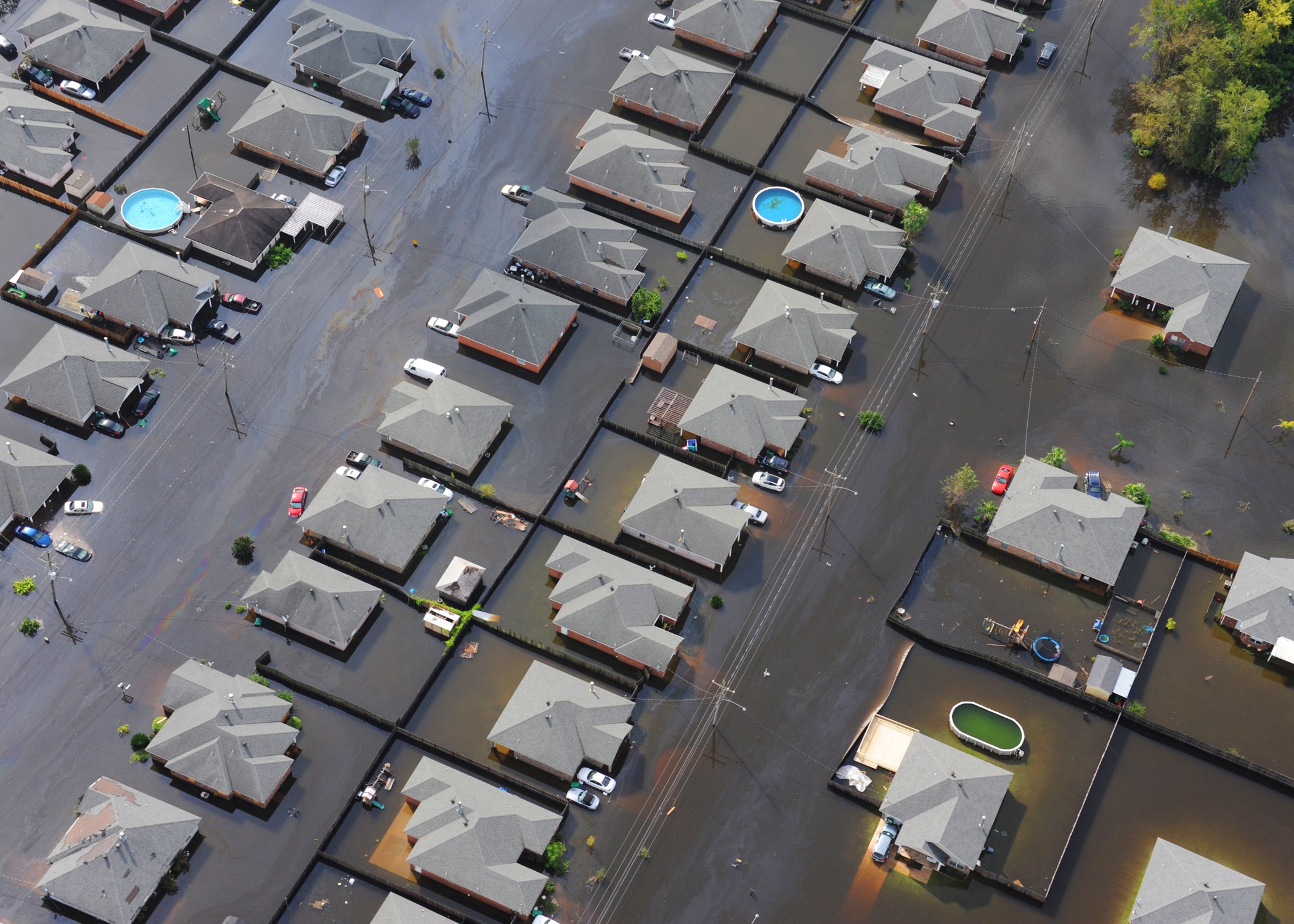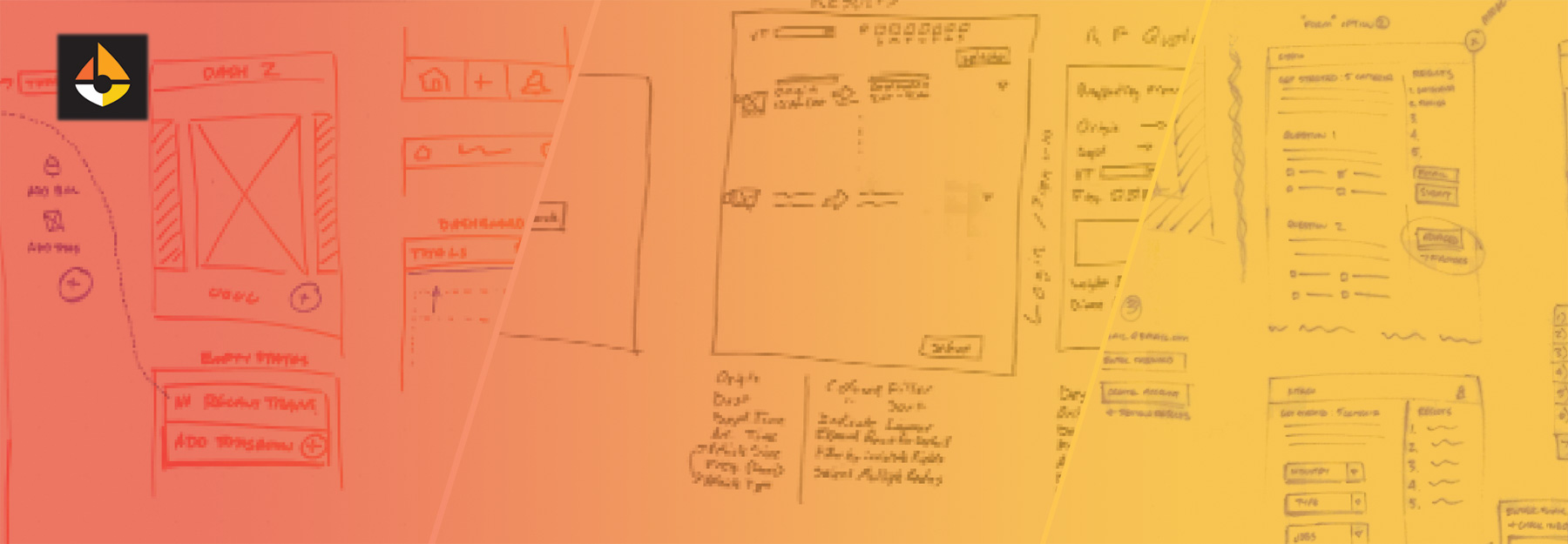Enterprise Level Software Development and Implementation for Federal and State Governments dealing with Large Scale Disaster Recovery
Interview conducted by: Lynn Fosse, Senior Editor, CEOCFO Magazine
CEOCFO: Mr. Reade, would you tell us about Carrollton Enterprise Services?
Mr. Reade: Our focus is on enterprise level software development and software implementations. We focus partially on the federal and state space but also on the large corporate space, so we have Fortune 500, 100, clients as well as the federal government and State of Louisiana. We have worked with some of the other states as well.
CEOCFO: What are some of the challenges in the government space that you have learned to navigate?
Mr. Reade: The government space and the large corporate space have similar challenges. One of these is that there are always internal politics of which you are either completely unaware or only dimly aware. You do not necessarily know what has gone on previously in the operation. This is the driver for success or failure in many ways. You need to understand not just what your team’s requirements are but what your requirements are as they fit into the larger overall mission, history or current events going on in the client’s world, whether it is a Fortune 500 utility company or the federal government.
CEOCFO: When might an organization turn to Carrollton?
Mr. Reade: We typically work with corporations and government entities in one of two ways. One is where we are specifically hired for our particular software expertise. For example, we do a lot of work in a platform called Pega. It is a work flow business process platform. If somebody needs specific expertise in Pega, they might come to us. The other circumstance that we work in large corporate environments is one where in which there is an existing IT department that needs to consult with a non-affiliated entity. For example, for a local utility company a couple of years ago, we worked with their legal department to perform a complete analysis for them of whether or not they should spend three or four million dollars on a Documentum upgrade. Obviously their own internal IT group would normally be the people that would recommend it but they felt that they needed an outside opinion. Many times in a large corporate environment we get places where internal pressures have caused a need for a group who is not unaffiliated with the organization to come in and speak truth to power or to do something that nobody else wants to do. This is not uncommon in the enterprise consulting world.
CEOCFO: How do organizations find Carrollton?
Mr. Reade: Most of it is referrals from other clients. Even if we are preparing an RFP it helps to not be coming in blindly, so you are relying on your contracts and prior work history to carry it through.
CEOCFO: Do people start with an internet search and what keywords would they use to find you? How would you stand out amongst the crowd?
Mr. Reade: If it is in terms of the broad-based search, I would say one area in which we are unique is Disaster Recovery. If you were doing a search, “Disaster Recovery IT” would probably be the easiest way to find us. I mean Disaster Recovery not in the sense of loss of data, or continuity of operations, but Disaster Recovery in the sense of large-scale human disasters. It’s the long-term systems and programs that happen after the immediate response is over. Over the last fifteen years, we have done work related to every one of the major disasters from Katrina, Rita, Sandy, to the BP oil spill. We have a good track record and a good corporate history in handling Disaster Recovery.
CEOCFO: Many of us see on the news how poorly things are handled in government agencies. What is it that you are putting in place and monitoring?
Mr. Reade: The questions in these large-scale Disaster Recovery projects, and most large IT projects in general, is not whether fundamental assumptions are going to change, it is what are you going to do when that happens. That is a fundamental difference between our approach and other peoples approaches to this is that we are assuming out the gate that material changes will be made to what we are being asked to deliver for the client. It definitely will happen. It is hard for most IT operations because they want to work in a declining scope and they want to work on a specific set of requirements and with Disaster Recovery, what is always happening is constant changes in how the rules are going to be applied. We’ve seen this in the BP Claims Facility, which is claims process supervised by the court. And we saw it with The Road Home and Hazard Mitigation Grant Programs, which were HUD and FEMA programs in the State of Louisiana. Requirements always change, and continue to change throughout the program.
CEOCFO: On your site, you mention agile and a waterfall approach. Would you explain the differences?
Mr. Reade: The differences between the two methodologies can be understood very well and honestly they both have their place. The Waterfall methodology says that I need to have all of the rules and processes and requirements in place, and well understood, before I begin to develop software. Any changes to those specifications have to be vetted through an extensive process. With Agile methodologies, you are saying I do not know what my end requirements might be so instead I am going to try to get the fastest wins I can by iterating very quickly through those requirements. I am not going to try to build you a claims management engine or a grant program operating system, instead I am going to build you the skeleton that lets you take in the claims and take in the grant applications. Then I am going to start iterating through these rules, giving you the ability to adjust on the fly to the rules as you change them. With Disaster Recovery, it is unusual to see an agile approach done but I believe it is actually the better approach in that instance.
CEOCFO: How is business these days?
Mr. Reade: Business is very well. We are coming off the best two years we have ever had in twenty.
CEOCFO: Why were their changes in the last couple of years?
Mr. Reade: I think we have focused a lot more, which is easy to say and hard to execute when you are running a relatively small operation.
CEOCFO: Carrollton was recognized on the Inc. 5000 so that is definitely a good sign. How do you continue the trajectory?
Mr. Reade: The big thing for me, as the person directly responsible for keeping the company going, is that you cannot believe your own press and you have to keep moving forward like you are starving. That is the key thing, to not rest on your laurels and not believe that things are as hunky dory as they may seem. Bad things can always happen to good people.
CEOCFO: Are there advantages to being in Louisiana?
Mr. Reade: Overall I would say there are definitely some advantages. In the Disaster Recovery business there is an advantage because of hurricanes. Louisiana also has a very pro-business climate so it is easy to do business. There are a series of very good tax incentives in digital media space, where we operate, which makes things easier. But there are also disadvantages. Namely, being a technology company in an area that has only recently become a place that people think of when they think of “high-tech”.
CEOCFO: Do you offer services that you find do not get the traction they should?
Mr. Reade: When I think about things that organizations are taking advantage of that maybe they are taking too much advantage of or not in the right way, I think of cloud computing. In the enterprise space there is a big rush to “the cloud” because it can make many things easier. I think it brings with it some opportunities that are not obvious and some challenges that are not obvious. One of the opportunities in the cloud space is that you have the opportunity to no longer be tied to a physical work place. For example, if you are in Austin, New Orleans, St. Louis, or wherever, in a normal operation you are tied to how many engineers and DBAs and project managers you can hire in this local market, moving people in, casting around out of state, etc. There is a specific piece of cloud computing that we started using that not many people are using yet. Everybody uses virtualization at this point and the next level of virtualization is best represented by a product called Docker. It takes virtualization to a further level. I do not see people adopting that en masse yet. I would call us an early adopter of Docker. It allows you to leverage your systems much better. That is a technology that we are using, which not many people are using yet but they will be soon. But even in a distributed environment, the physical capital of servers and infrastructure, is not nearly as important as the human capital of people with know-how, drive and skill.
CEOCFO: Why choose Carrollton?
Mr. Reade: There are two primary reasons why people like working with us. The first and most important is that we are not an operation that believes in technology first. We are much more interested in solving business problems with technology than we are just building technology by itself. For twenty years that has been a focus for us and it is a mantra that the staff gets tired of me saying…but I keep saying it anyway. The second thing is that we are large enough to field decent sized operations of people so if we need to drop fifty or a hundred people somewhere, we can do it. But we are still small enough to where we are not like dealing with a large corporate firm where you get one very smart partner in charge and fifteen twenty-two year olds working for him or her. You are going to get a mature team. Because we are small we take the time and care to work on that.
CEOCFO: What surprised you as Carrollton has grown and evolved?Mr. Reade: I would say the thing that surprised me the most over time is the critical nature of fostering corporate culture, in terms of service delivery, in the professional services space. In other words, you can have all the talented engineers in the world but if they cannot work as teams in five or seven-person pods, then you are going to fail. When people feel like they belong in a part of something, they do a much better job. Even in a structured environment where you need specific roles and everybody doing their roles, the culture of the organization and the tone set by the organization matters so much more than you think it would. It is remarkable.



